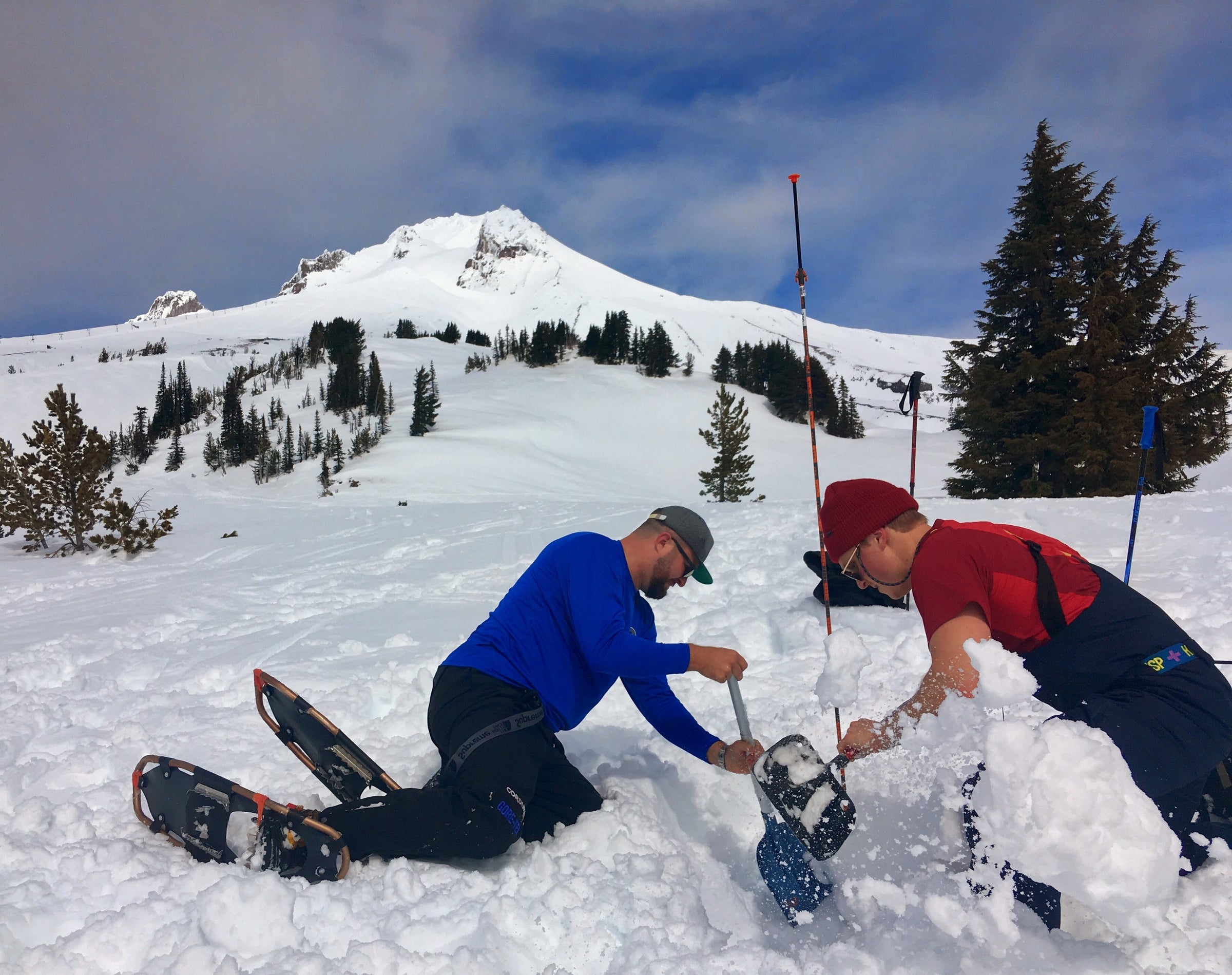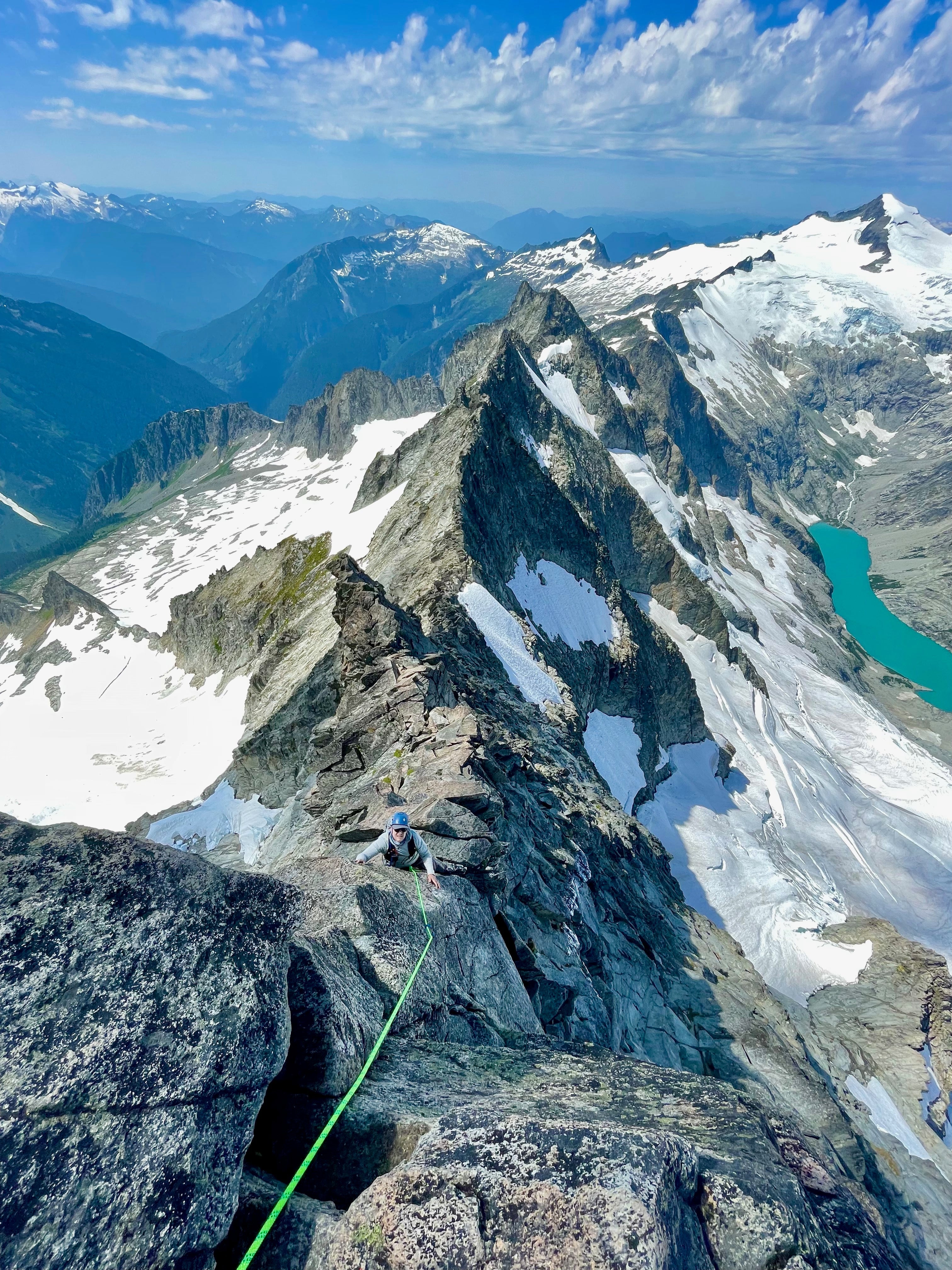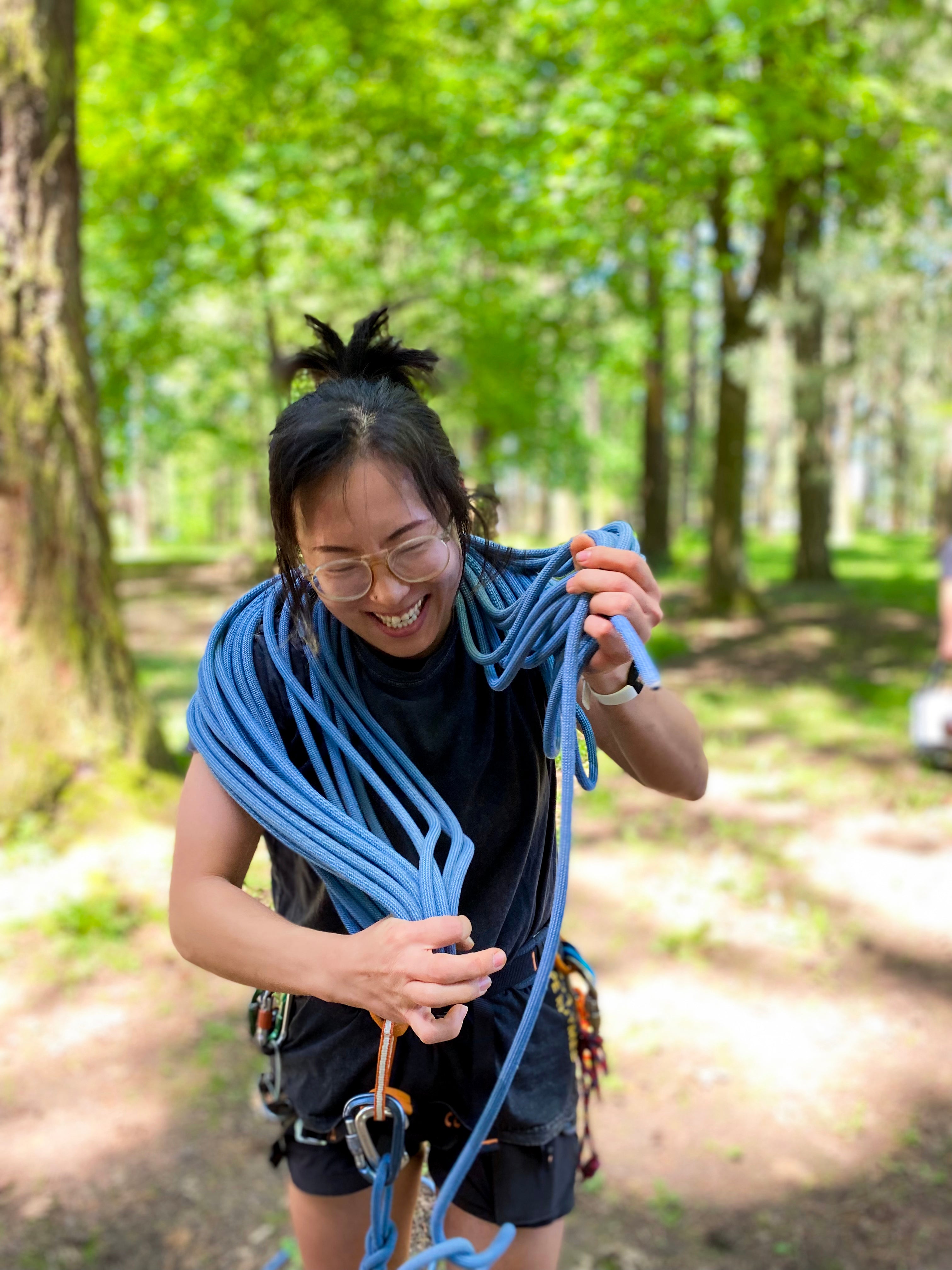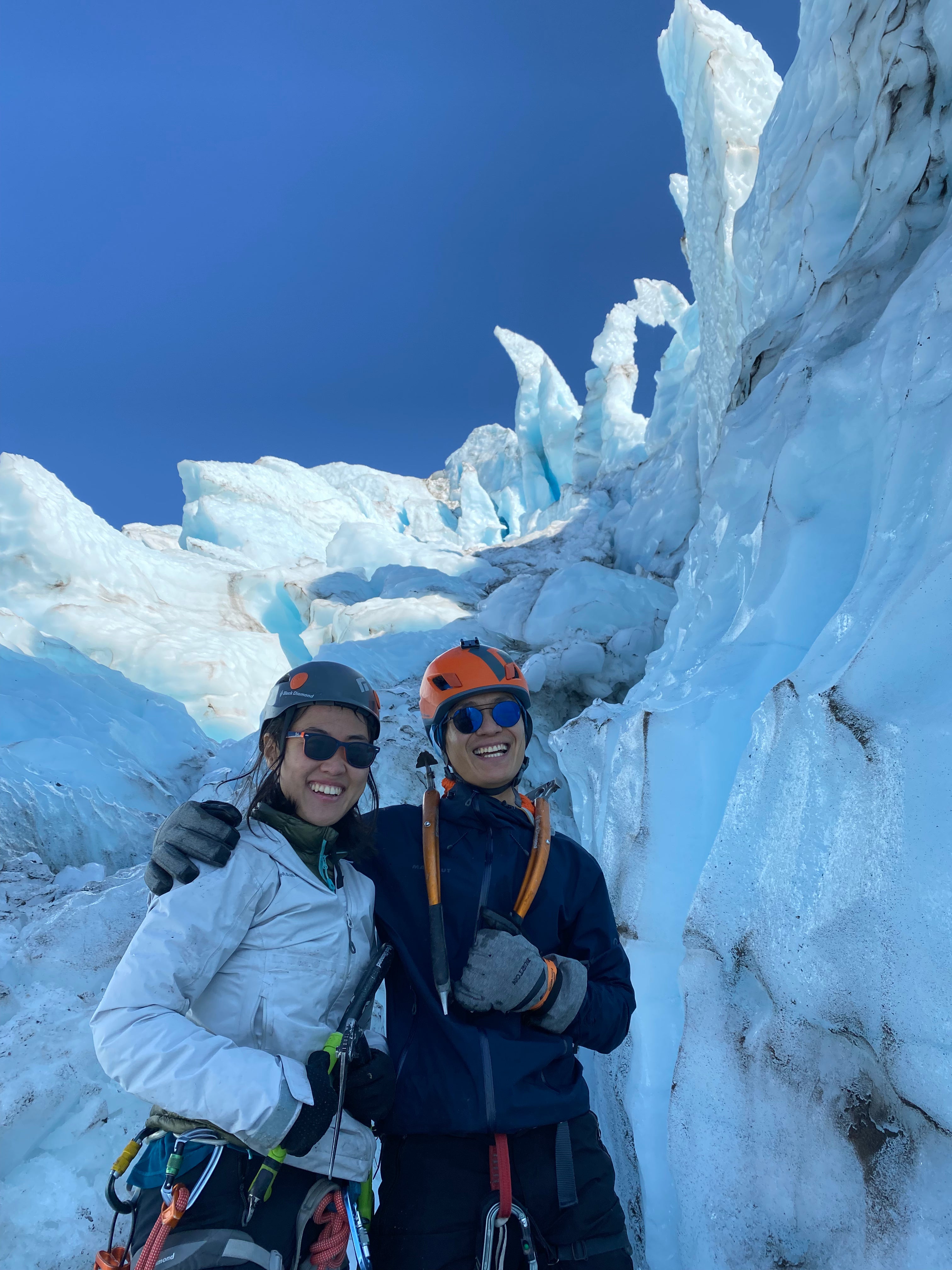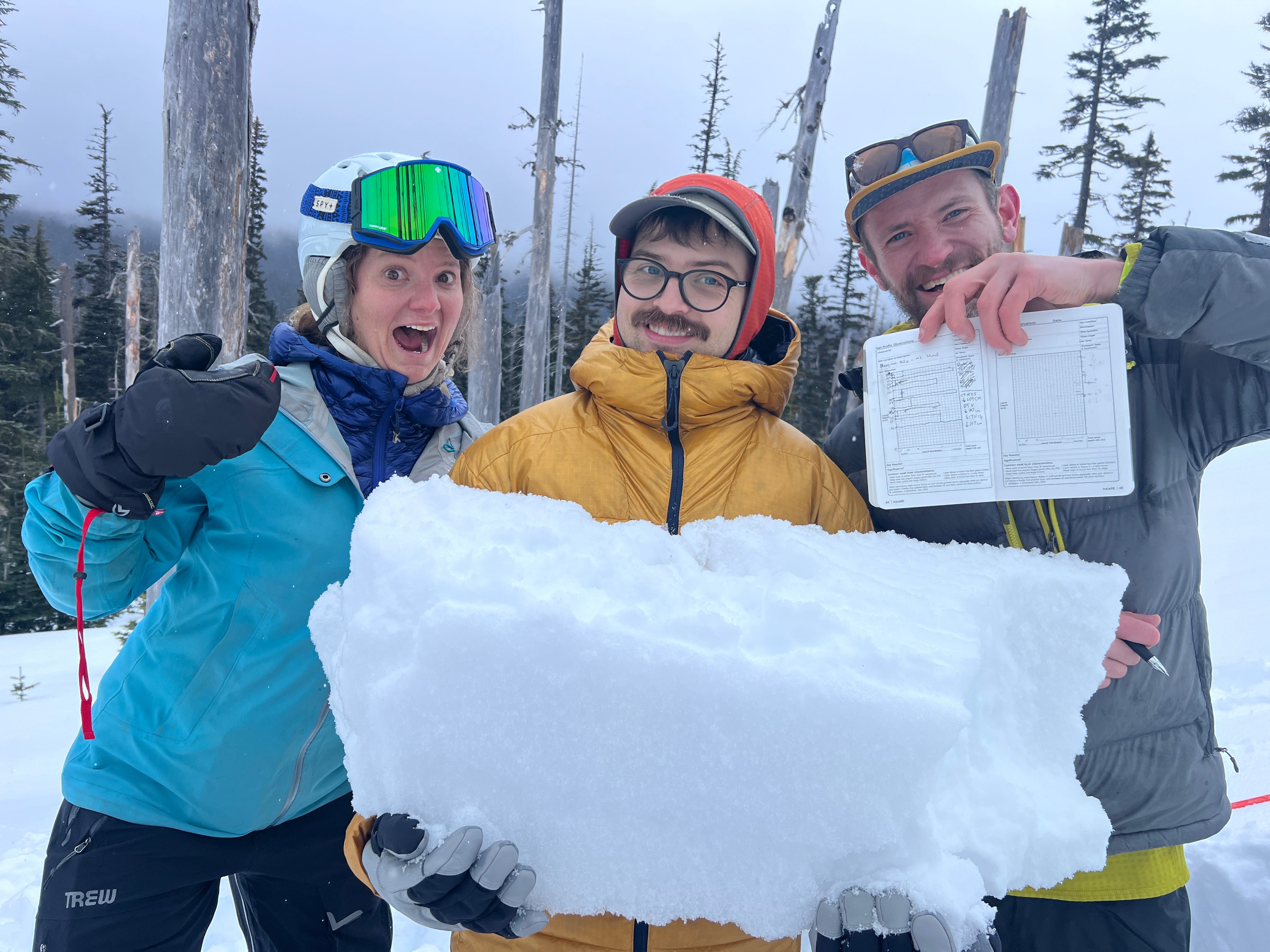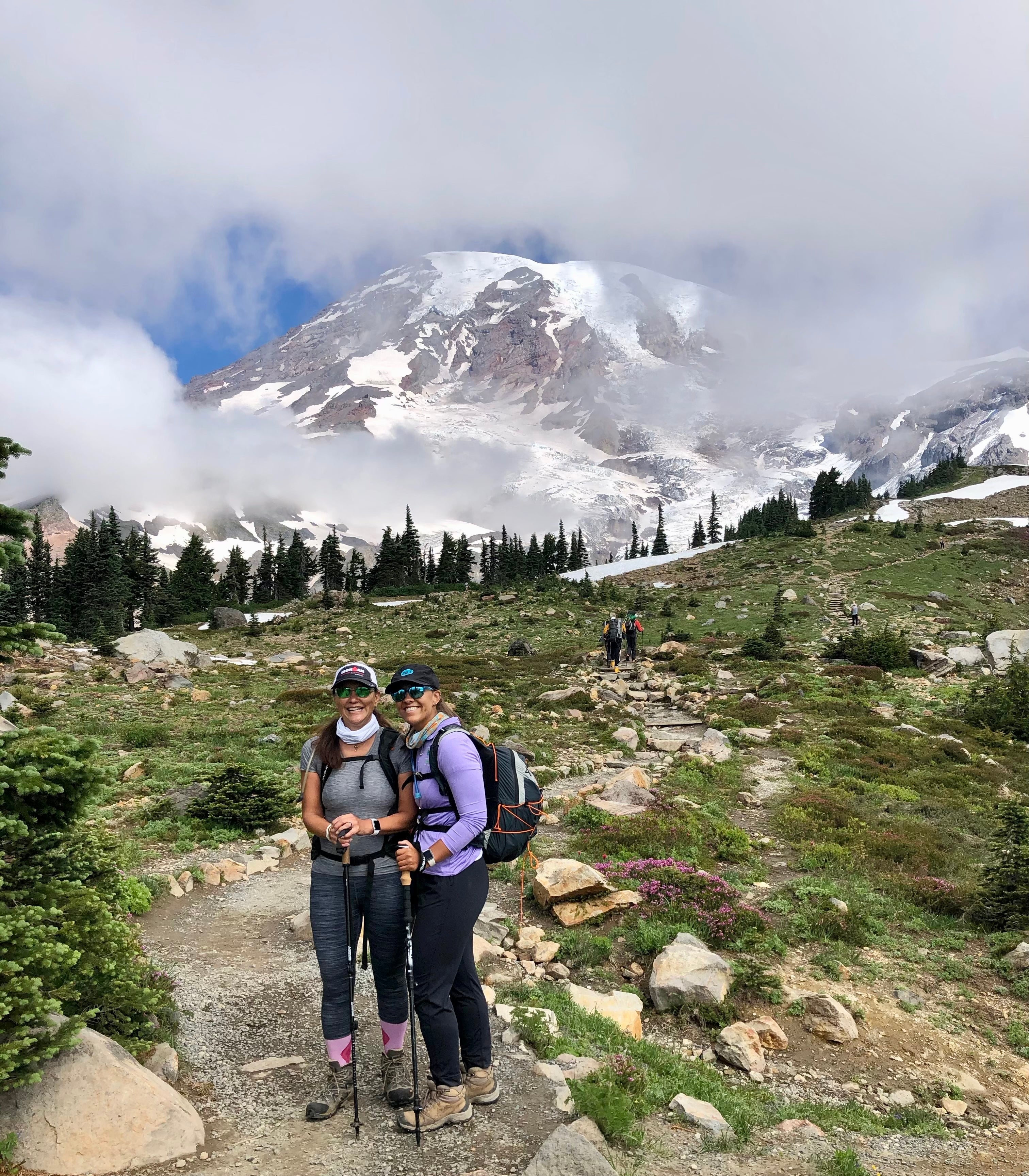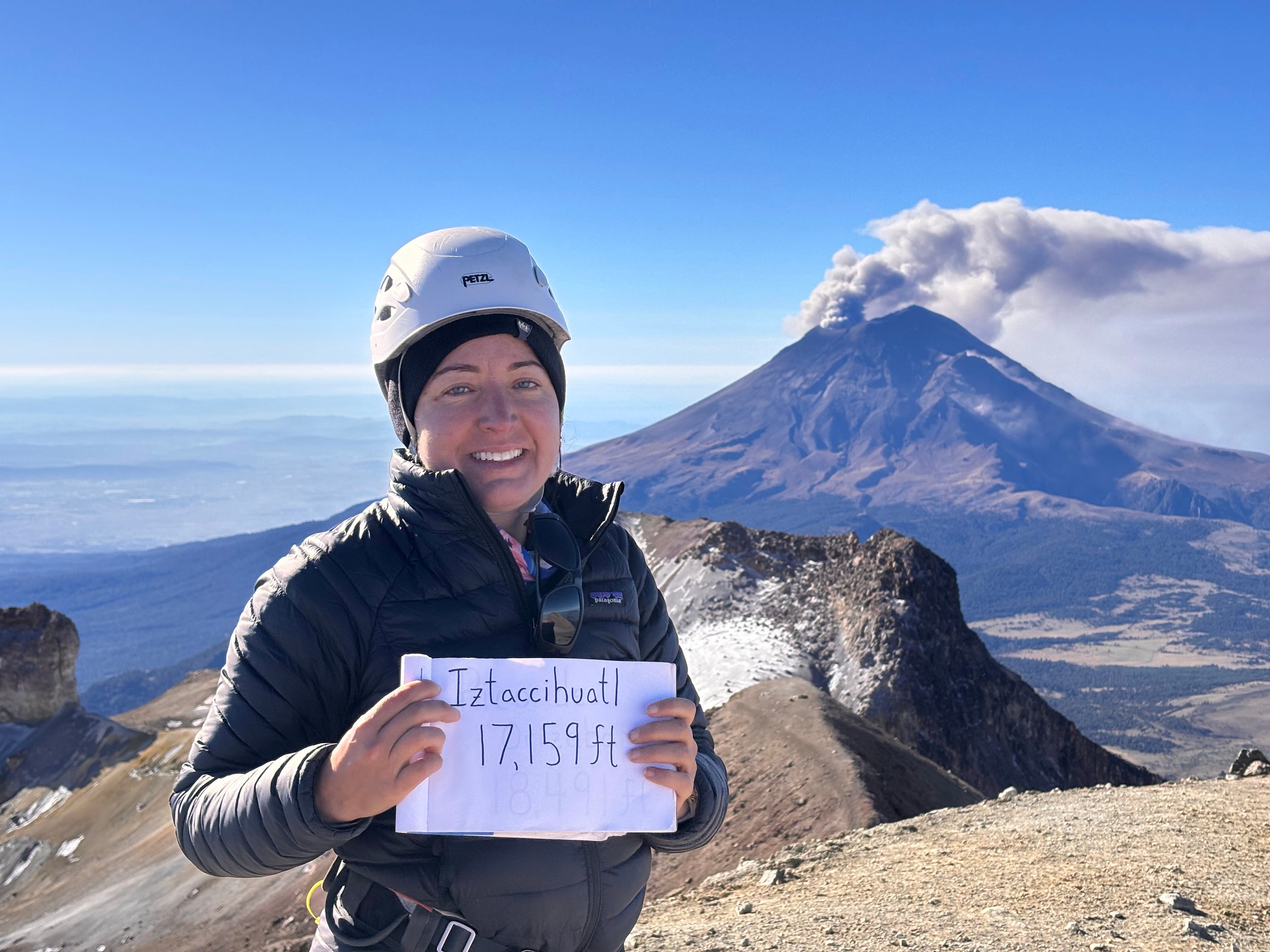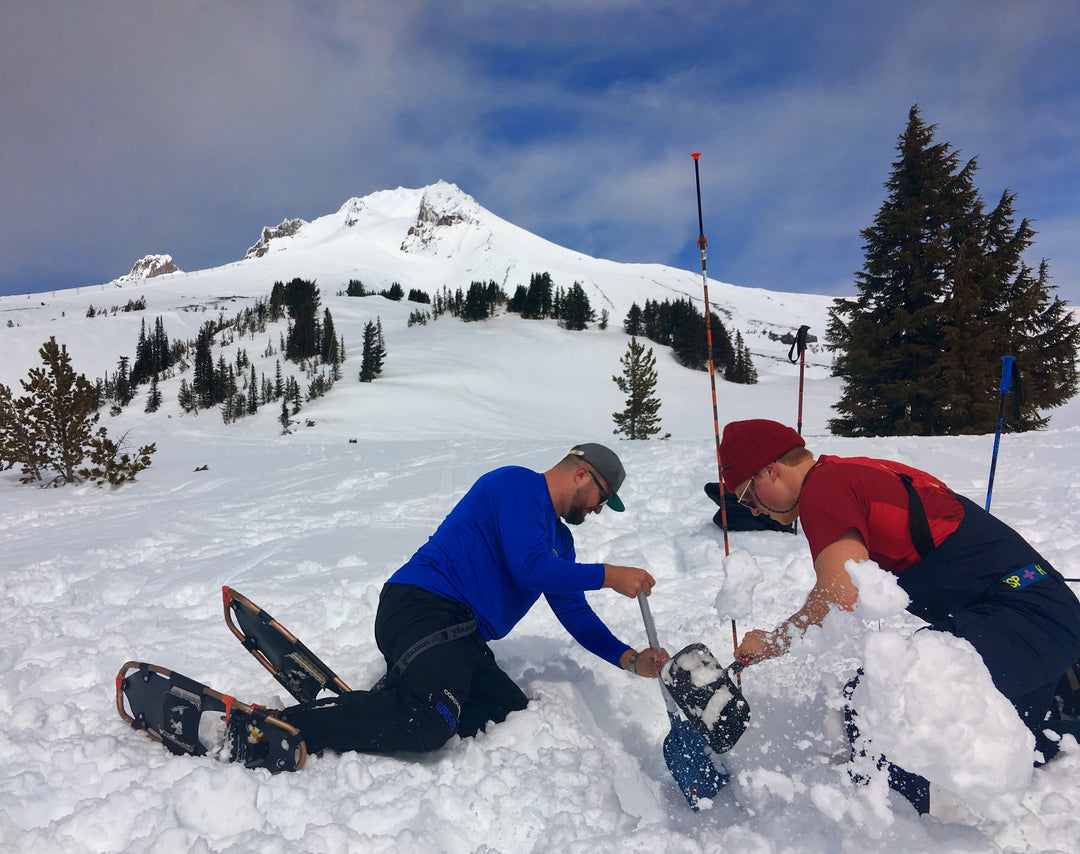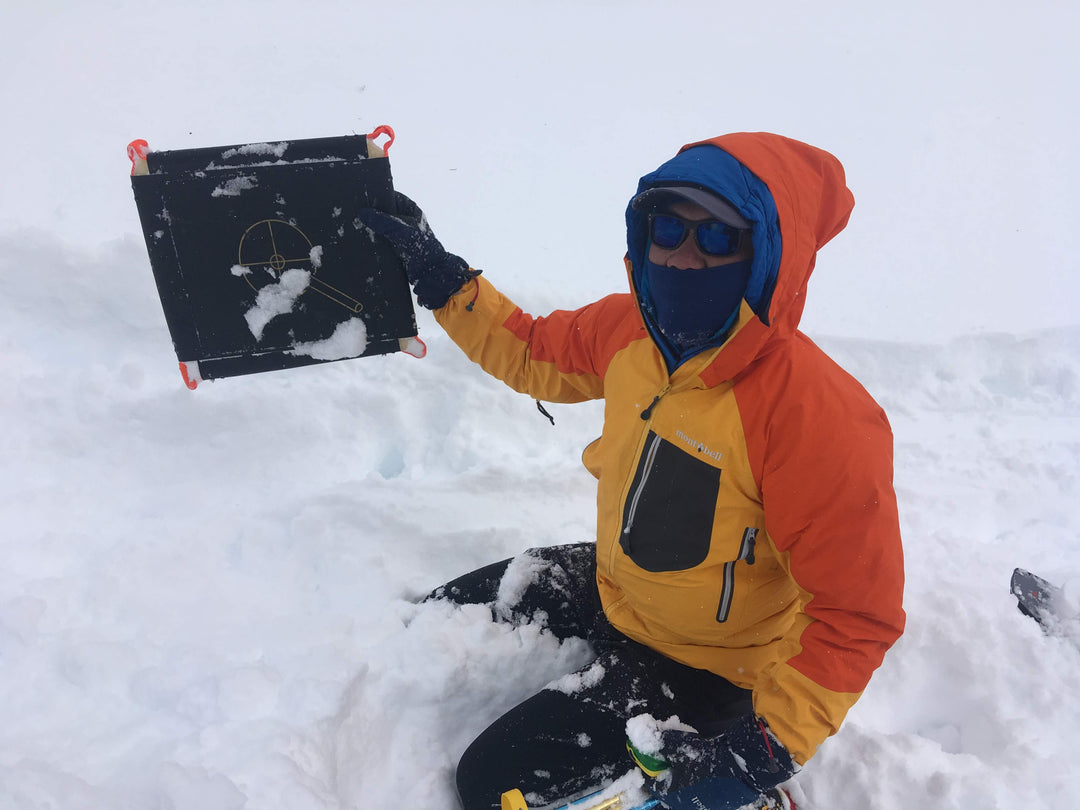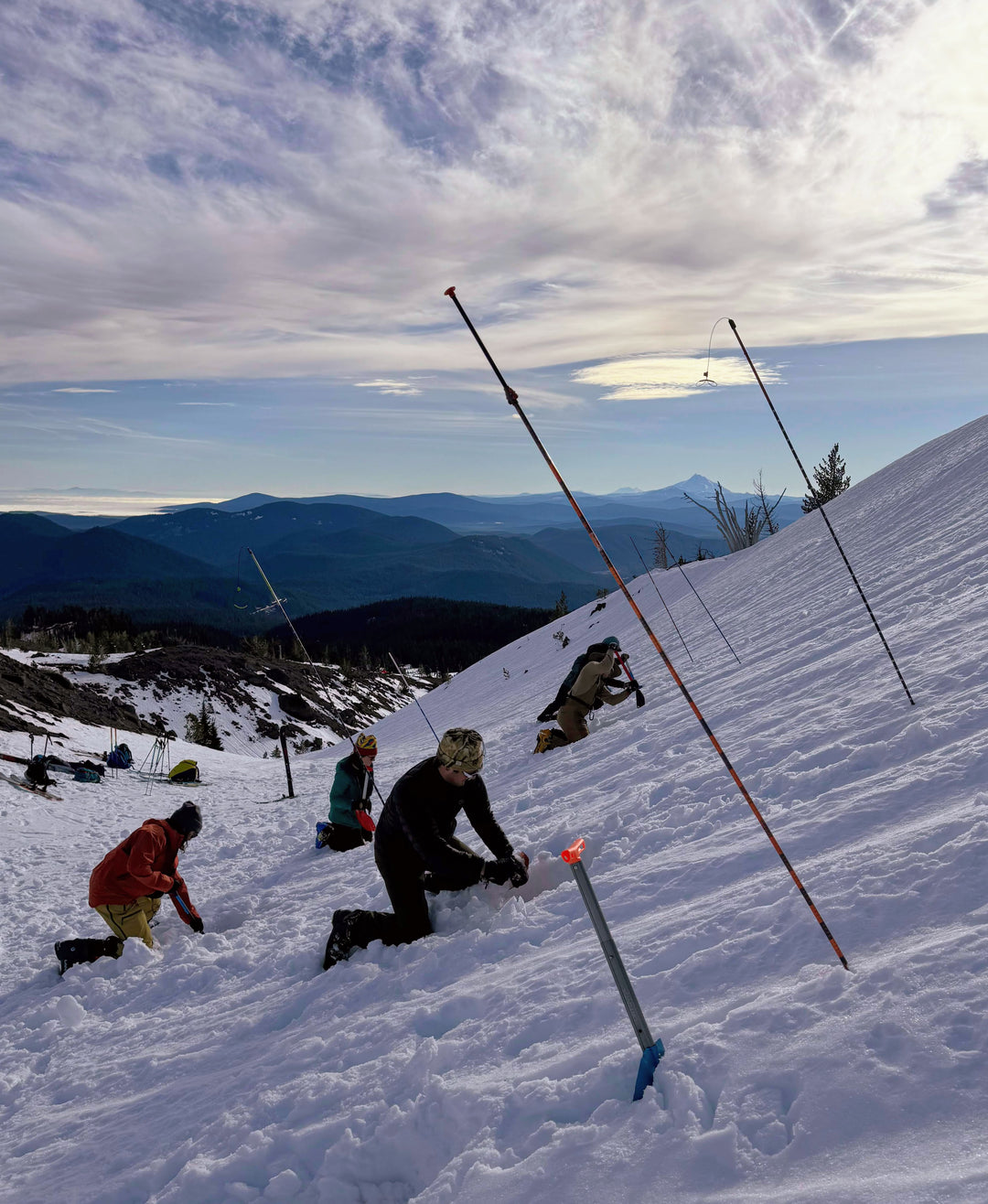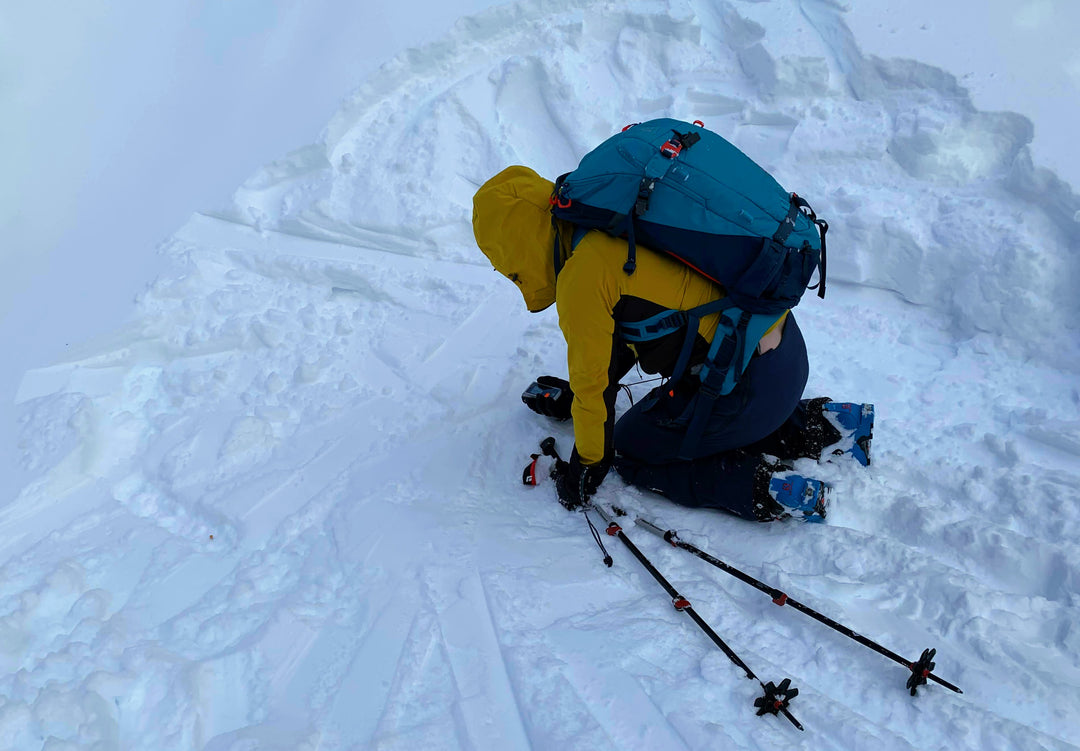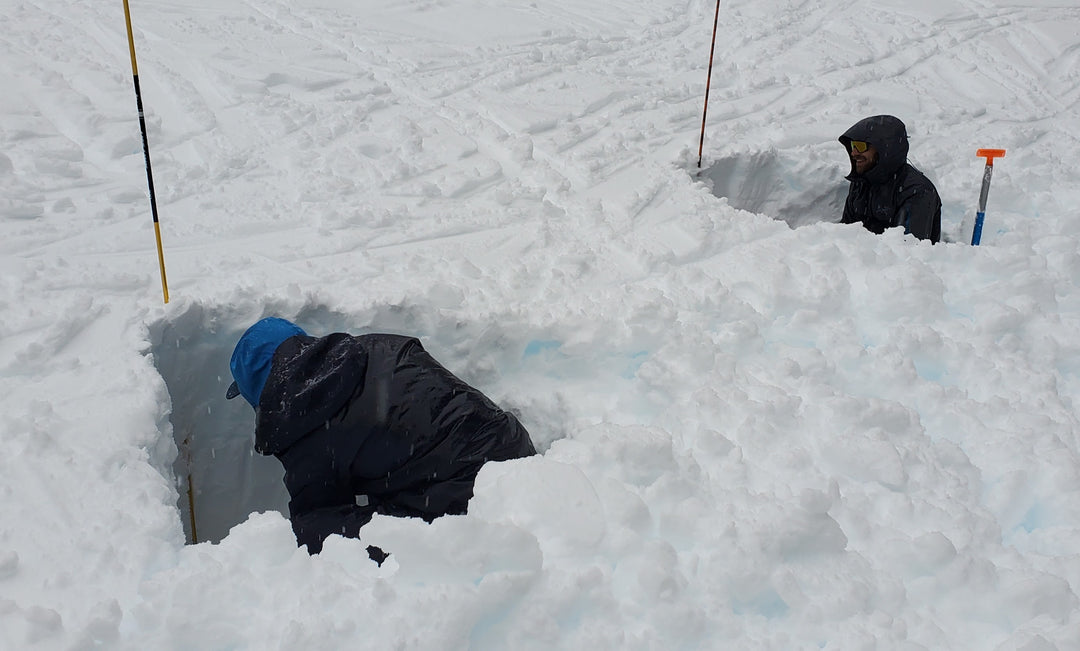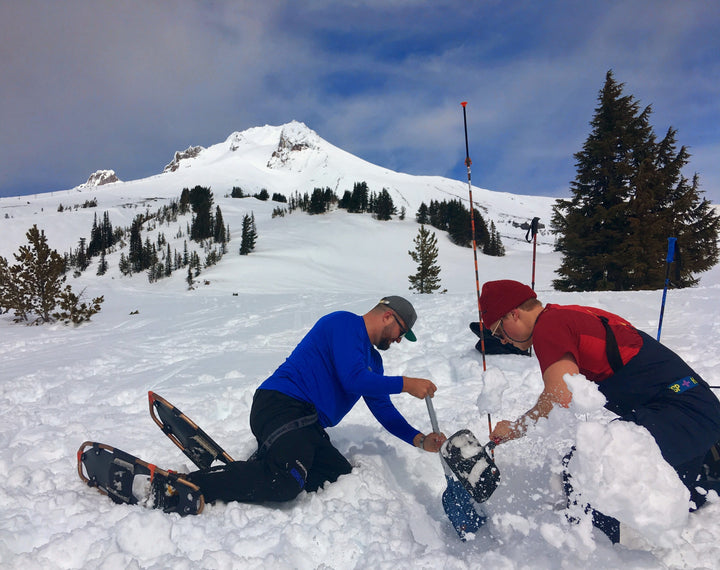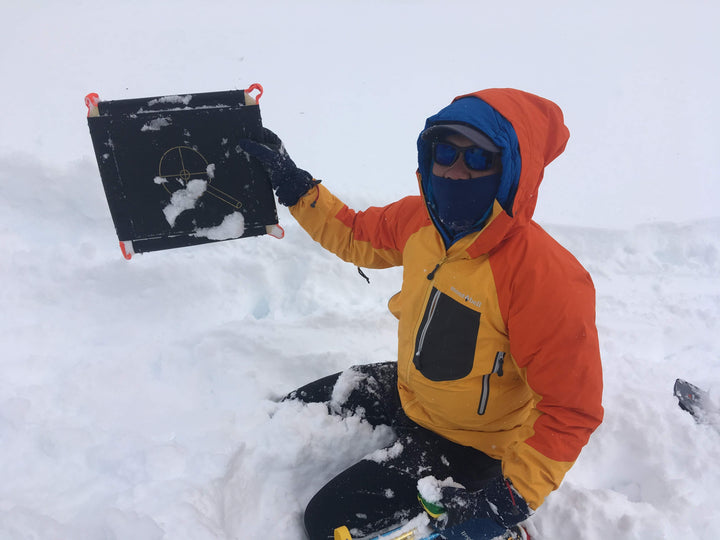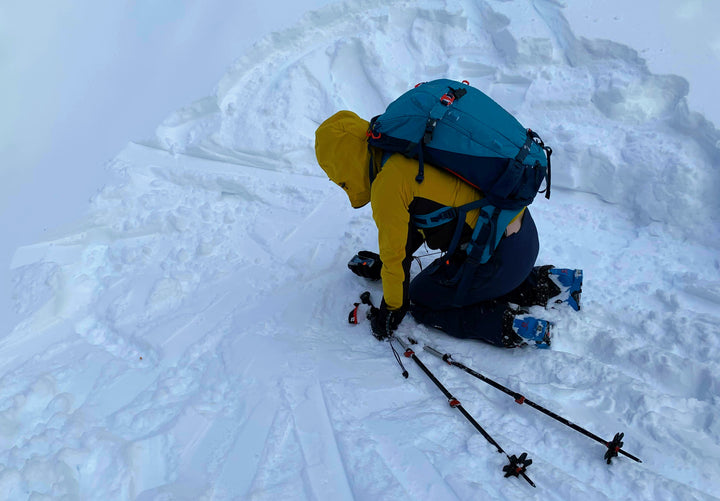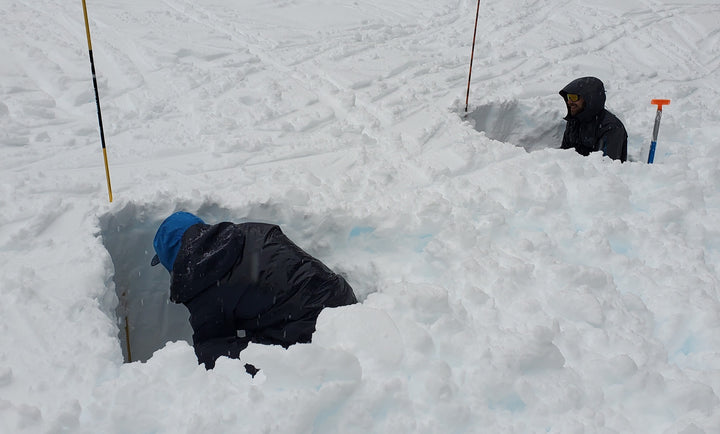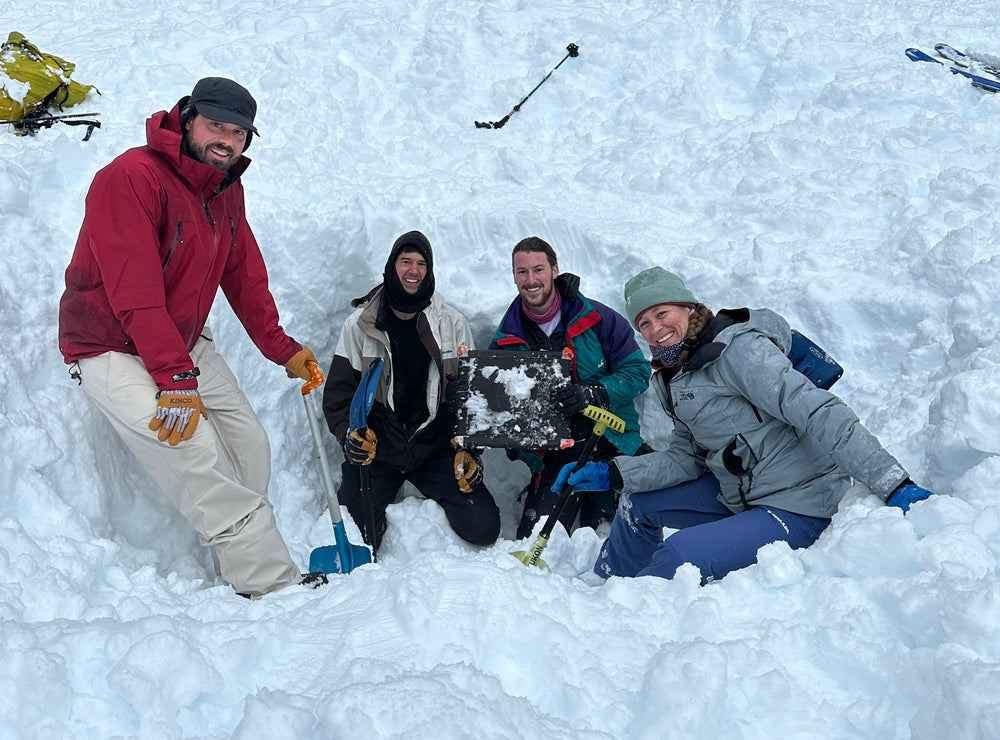Duration
- 1 day
- 8 hours
Season
- Winter
Client:Guide Ratio
6:1
Minimum Participants
3
Meet your instructor at your designated meeting location at 7am. The day will start with an introduction to avalanche beacons and how they function. You will progress into learning techniques for locating your target quickly and efficiently, then get a chance to practice searching and digging in a single-burial scenario.
Lunch will be done on-the-go, allowing you to maximize your learning opportunities on this one-day course. In the afternoon, you will expand your knowledge and practice searching and digging in a multi-burial scenario. Before wrapping up, participate in a complex group rescue and debrief the day. You can expect to be back to the parking lot around 4pm.
- Attendance of a free NWAC Avalanche Awareness Course is recommended.
- If Skiing/Riding: Intermediate skiing or snowboarding skills (ability to ski or ride blue square runs in variable snow conditions).
- If Skiing/Riding: Some touring experience is highly recommended. At minimum, knowledge of your gear and the ability to transition efficiently.
- If Snowshoeing: Some previous snowshoeing experience.
- Ability to be moderately active and shovel snow throughout the day.
- Upon registration, you will receive a confirmation email full of important information - make sure to read it thoroughly!
- 3-5 days before your course you will receive an email from your guide containing even more details, including the exact meetup location and time.
- Leading up to your course, make sure to eat healthy, drink extra water, and get plenty of sleep.
- Please arrive on time and ready to go at your pre-arranged meeting location. To get the most of our day, we'd like to begin right at the designated start time.
- All along the way, our office team is available via email or phone to answer any questions you may have.
This course will leave you with knowledge and practical application of:
- What to do if you or a member of your party is caught in an avalanche.
- Using necessary avalanche rescue gear.
- How to continue improving your skills and response time, through feedback from instructors and peers.
- Setting up a realistic scenario in order to practice avalanche rescue response and developing a plan for consistent practice.
PLUS:
- A fun experience you’ll remember forever!
- A sense of accomplishment in achieving your goals for the trip.
- Confidence in your newfound skills and where to take them next.
- Tips and tricks to add to your toolbox from our professional and knowledgeable guides.
Equipment Lists

Required Gear
- Insulating/puffy layer
- Ski or splitboard setup *or snowshoes for snowshoe specific course : boots, skis/splitboard, appropriate bindings, climbing skins, poles)
- Water and your favorite snacks (maybe a thermos of hot soup!)
- Waterproof layer : hooded jacket and pants/bibs
- Moisture wicking, non-cotton base layer top and bottom
- Head/face protection : warm hat, sun hat *baseball cap is fine, neck gaiter *buff or balaclava, sunglasses
- Avalanche safety gear : transceiver, shovel, probe (longer is better for the maritime snowpack)
- Hemet and googles for downhill riding
- Two pairs of gloves : insulating gloves and waterproof gloves (These are very important! We’ll be doing lots of digging)
- AIARE Rescue Card : Kaf provides these, but you should keep it with you as a resource in the backcountry!
- Personal kit : sunscreen (SPF 40 or higher), lip balm, headlamp and extra batteries, toiletries (please bring a plastic baggie for waste), personal medications and first aid
-personal medications and first aid - 30-50L backpack : must fit avalanche safety gear inside
OTHER / OPTIONAL GEAR
- Pre-made lunch items, easy to eat with gloves on
- Handy pocket items; gel, chews, bars, etc.
- Whistle
- Area maps and compass
- Heavy duty plastic trash bags (for water-proofing)
- Camera
- Watch
- Half foam pad to stand/sit in snow
- Bandana
Car Equipment (items to keep in your car) *All of these items are optional but recommended when traveling in the mountains in winter.
- Water bottle or thermos
- Non-perishable food (salty snacks!)
- Comfortable and warm cloths, socks, and shoes
- First aid kit
- Folding saw
- Shovel
- Warm blanket or sleeping bag
- Tire Chains
